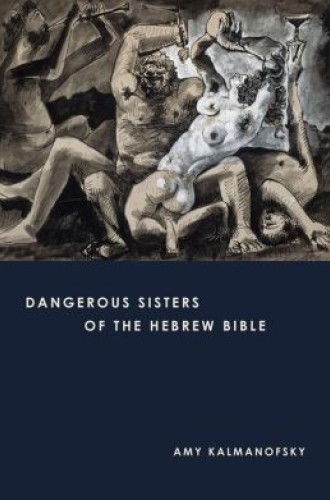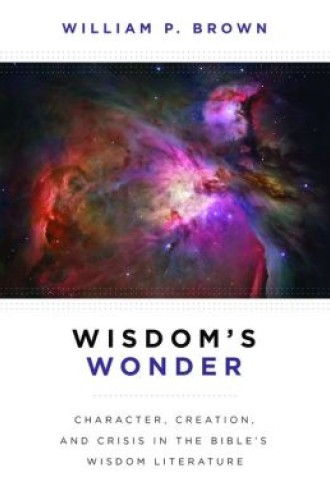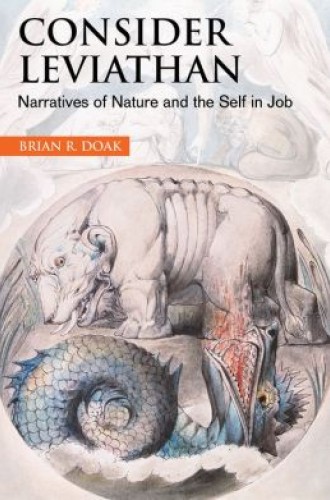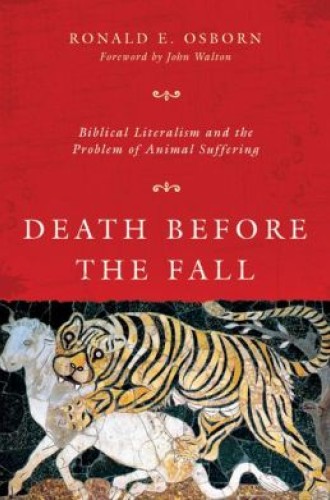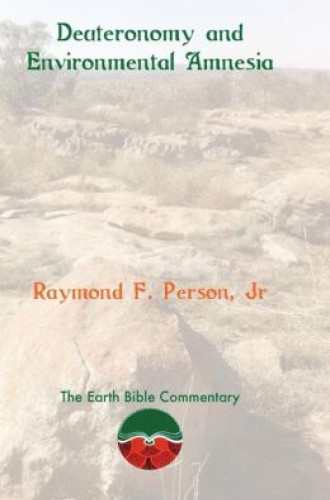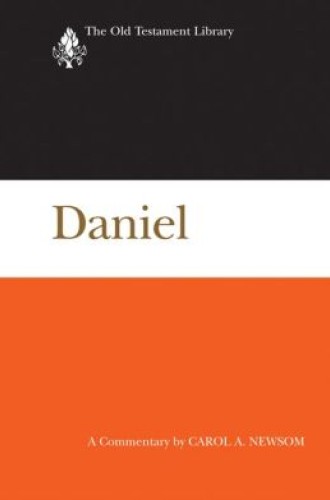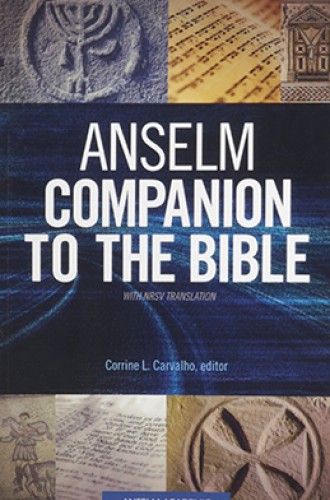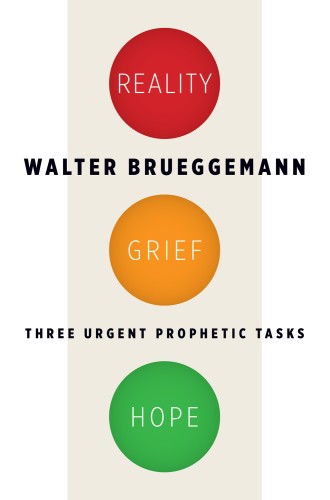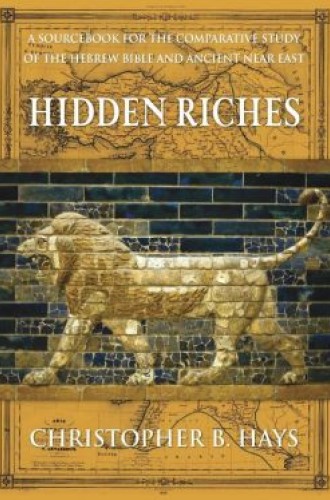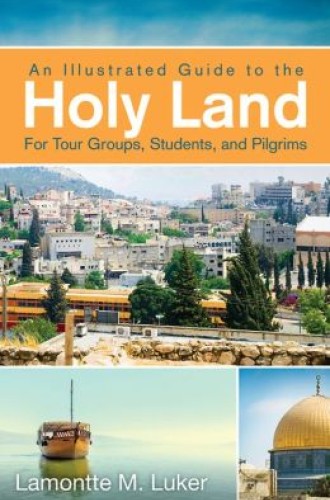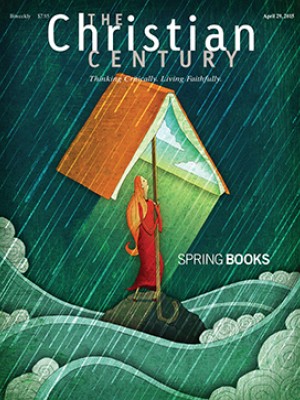Old Testament
Dangerous Sisters of the Hebrew Bible, by Amy Kalmanofsky. Scripture’s dearth of accounts of interfemale relationships is one of its oft-lamented lacunae. Interpreters interested in ancient women’s lives must extract all they can from a handful of passages. Kalmanofsky explores the roles and choices of several sister pairs and concludes with the book of Ruth, the Bible’s lengthiest story of female bonding.
Wisdom’s Wonder: Character, Creation, and Crisis in the Bible’s Wisdom Literature, by William P. Brown. Although promoted as an update of Brown’s earlier Character in Crisis, this book demonstrates the power of ongoing inquiry for an adept and creative scholar and its fruitfulness for readers. Both sophisticated and intelligible, Brown’s new work incorporates the crucial categories of creation and wonder into descriptions of what Proverbs, Job, and Ecclesiastes say it means to be Homo sapiens, or “wise” humans.
Read our latest issue or browse back issues.
Consider Leviathan: Narratives of Nature and the Self in Job, by Brian R. Doak. Drawing especially on Carol Newsom’s work, this volume interprets the book of Job’s message about the human self by exploring its plentiful appeals to the plant and animal world not only in God’s speeches but throughout Job’s many dialogues. These images, Doak argues, construct a symbolic universe that mirrors Judah’s geographical and political concerns about land and covenant under Persian rule.
Death Before the Fall: Biblical Literalism and the Problem of Animal Suffering, by Ronald E. Osborn. This well written, thoughtful, and sensitive essay examines problematic ethical features of biblical literalism through the lens of the suffering widespread in the animal world. Questions such as the age of the Earth and whether animal predation resulted from the human fall are explored in philosophical and moral depth.
Deuteronomy and Environmental Amnesia, by Raymond F. Person Jr. Part of Norman Habel’s Earth Bible initiative, this volume unpacks the implications of Deuteronomy for environmental thought. “Amnesia” refers to human forgetting of our cultural place within—rather than divorced from—the natural world. The author finds that the amnesia widespread today was already developing in ancient urban culture, and even underlies binary construals of “land versus wilderness,” “Israel versus nation,” “clean versus unclean,” and “urban versus rural” in Deuteronomy—a book that also offers partial remedies for modern environmental insensibility.
Daniel: A Commentary, by Carol A. Newsom, with Brennan W. Breed. New contributions to the venerable Old Testament Library commentary series have been reliably informative, but Newsom’s volume on the book of Daniel sets the bar higher still. Opening with an engaging introduction to the various puzzles Daniel presents, and supplemented throughout by Breed’s essays on reception history, this commentary guides readers deftly through the odd land of the Hebrew Bible’s most distinctive book.
Anselm Companion to the Bible, edited by Corrine L. Carvalho. This cohesive edited volume provides readable, relevant introductions to key aspects of biblical studies, outlining scriptural formation and translation, interpretive methods, biblical theology, Jewish and Muslim interpretation, the Bible’s bearing on social worlds both ancient and modern, and scripture’s content and themes. It combines Anselm Companion to the Old Testament and Anselm Companion to the New Testament.
Reality, Grief, Hope: Three Urgent Prophetic Tasks, by Walter Brueggemann. Another vintage Brueggemann tour de force, this essays reads U.S. political exceptionalism against the backdrop of Jerusalem’s preexilic ideology of divine chosenness and protection, which was shattered by the Babylonians in 587 BCE. Three central chapters, “Reality amid Ideology,” “Grief amid Denial,” and “Hope amid Despair,” explore prophetic voices that object to ancient and contemporary exceptionalist ideologies.
Hidden Riches: A Sourcebook for the Comparative Study of the Hebrew Bible and Ancient Near East, by Christopher B. Hays. Intriguing parallels between the Hebrew Bible and ancient Near Eastern texts of all genres help set Israelite culture and faith in their larger historical context. Navigating these foreign texts can be daunting for nonspecialists. Hays presents selections from ancient Near Eastern literature alongside relevant biblical passages and offers reader-friendly discussion of these fascinating but often baffling ancient writings.
An Illustrated Guide to the Holy Land for Tour Groups, Students, and Pilgrims, by Lamontte M. Luker. This pocket-sized volume is an evenhanded guide for Western Christian visitors. Though it omits Gaza and the southern Negev and lacks detailed maps, the book is amply illustrated and well organized, offering clear instructions for walking tours at popular historic and traditional Holy Land sites.


